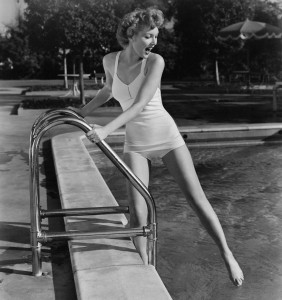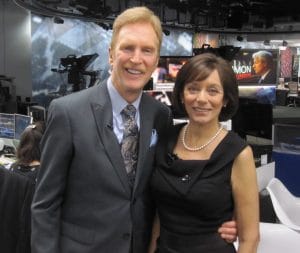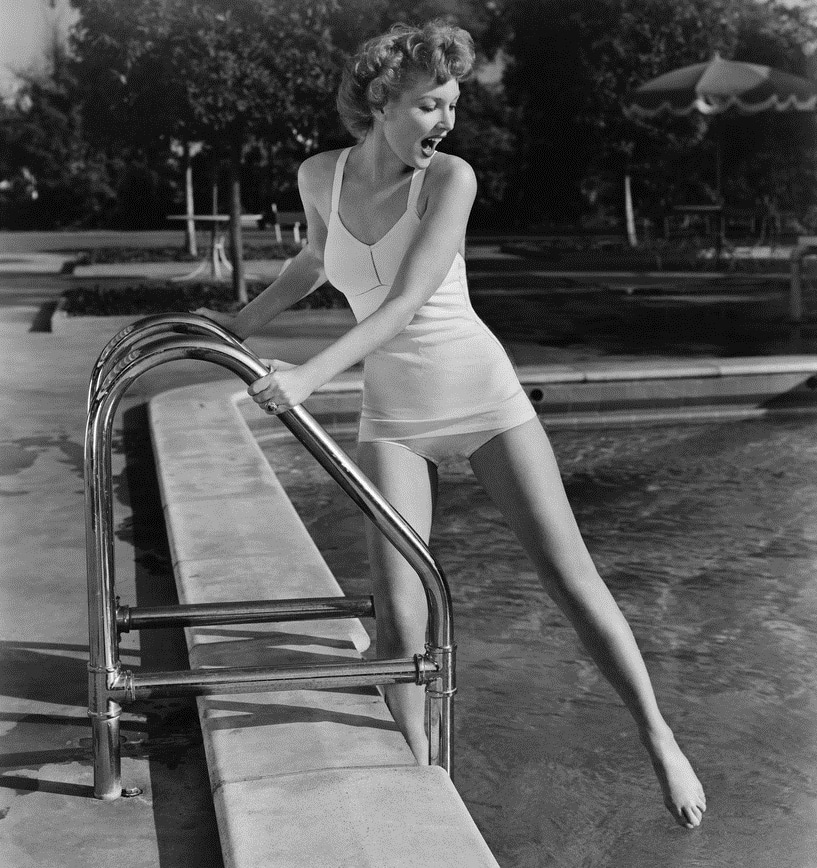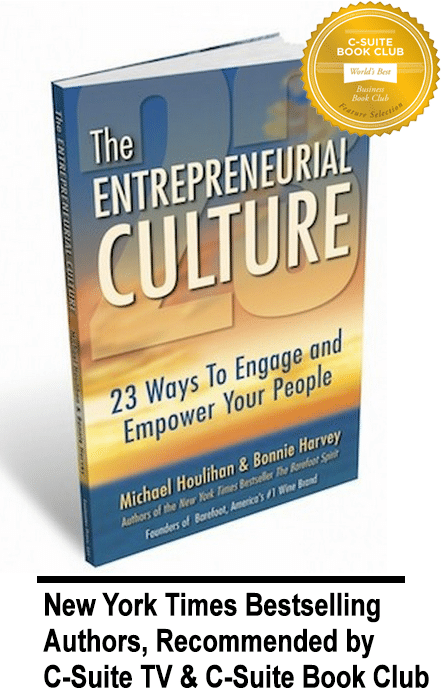
The shotgun approach may get you more distribution in the beginning, but, due to complications and idiosyncrasies in the distribution system, or due to you own underestimations of labor and oversight, your product can be easily discontinued in several parts of the larger market. This will give your product a stigma with new buyers that is almost impossible to live down. Even if you are lucky, it may take years to get back in.
It’s better not to be there yet, than to be there and fail. So how can you approach the roll out of your new product when you are a small, undercapitalized start-up?
- Be humble. Don’t assume anything. Remember that yours is just one of the thousands of products in the system. Regardless of how good it is, or how well it’s priced, it can be lost in the shuffle, ignored by the buyers, or squashed by the competition. It’s OK not to know it all.
- Start Small. Give yourself a sales area you can easily monitor and control. You will probably find that you need to get to every retailer on a regular basis. You will be surprised at what you have to do to keep your product on the shelf.
- Start Slow. Do a test market to get a feel for the distribution realities. Out of Stock is the number one cause of failure for new products. The faster it sells, the more you can run out and lose your precious shelf space.
- Take notes. Start a journal that can be converted to policies and procedures, check lists and sign-off sheets for later when you expand. Don’t just fix the problem. Write it down so it won’t happen again and develop your training manual.
- Don’t believe everything you hear. “It just didn’t sell, you should lower the price, and send more sales materials” are the common excuses you will hear. Many times it turns out to be that it just wasn’t on the shelf at all! It never had a chance.
- Do the other guy’s job. Don’t say, “I thought they were supposed to take care of that.” Your goal is sales, not blame. At first you may have to make all the sales yourself and get most of the reorders as well. You have to be there to do that.
- Build a Hot Seller reputation. It’s OK not to be everywhere as long as where your product is, be it ever so small a market, it is on fire! The leg work you put into your first small markets will give you bragging rights in the next one.
Each market is different with its own peculiarities, but all markets require vigilance that requires more manpower than your small start-up can field. You may underestimate what it really takes. Brands don’t just take off. They get pushed and pulled through a complex distribution system.
Some brands are mediocre, but readily available on every shelf in America. It’s because they have excellent distribution and the merchandising forces to keep their products there. There are many wonderful, imaginative products that expand too quickly and get discontinued. They got the reputation, “they just didn’t sell.”
They can’t sell if they’re no longer on the shelf. They can’t be discontinued if they were never there. So make every small step a winner.
The big boys are looking for proven products to acquire. Proven doesn’t necessarily mean national. With even small market penetration, with repeat and loyal buyers, you can become an acquisition target, but only if you have not been DC’d. The big guy wants to expand your success with massive market penetration because he can. In fact, he views your product as more desirable when it is brilliantly executed, and there is still lots of room for him to capitalize on a proven formula.
Avoid the urge to expand too rapidly, and remember it’s easier to give birth than to raise the dead.
Who We Are

Michael Houlihan and Bonnie Harvey co-authored the New York Times bestselling business book, The Barefoot Spirit: How Hardship, Hustle, and Heart Built America’s #1 Wine Brand. The book has been selected as recommended reading in the CEO Library for CEO Forum, the C-Suite Book Club, and numerous university classes on business and entrepreneurship. It chronicles their humble beginnings from the laundry room of a rented Sonoma County farmhouse to the board room of E&J Gallo, who ultimately acquired their brand and engaged them as brand consultants. Barefoot is now the world’s largest wine brand.
Beginning with virtually no money and no wine industry experience, they employed innovative ideas to overcome obstacles, create new markets and forge strategic alliances. They pioneered Worthy Cause Marketing and performance-based compensation. They built an internationally bestselling brand and received their industry’s “Hot Brand” award for several consecutive years.
They offer their Guiding Principles for Success (GPS) to help entrepreneurs become successful. Their book, The Entrepreneurial Culture: 23 Ways To Engage and Empower Your People, helps corporations maximize the value of their human resources.
Currently they travel the world leading workshops, trainings, & keynoting at business schools, corporations, conferences. They are regular media guests and contributors to international publications and professional journals. They are C-Suite Network Advisors & Contributing Editors. Visit their popular brand building site at www.consumerbrandbuilders.com.
To make inquiries for keynote speaking, trainings or consulting, please contact sales@thebarefootspirit.com.








